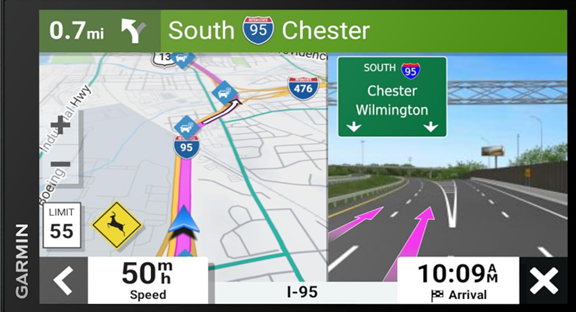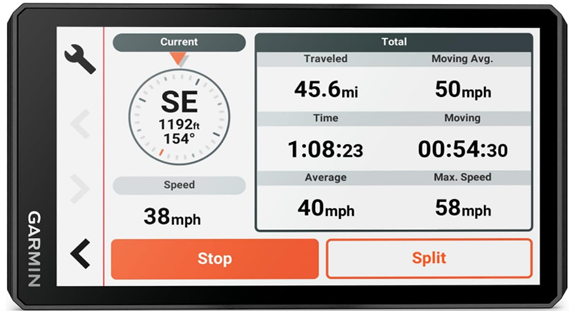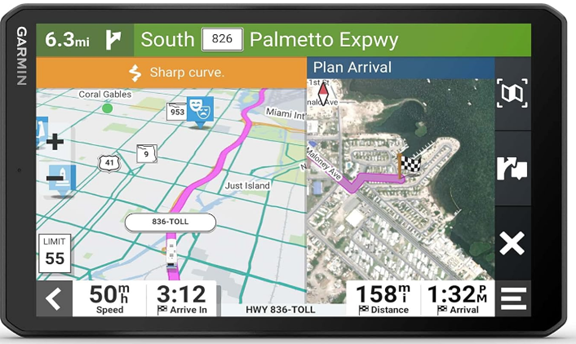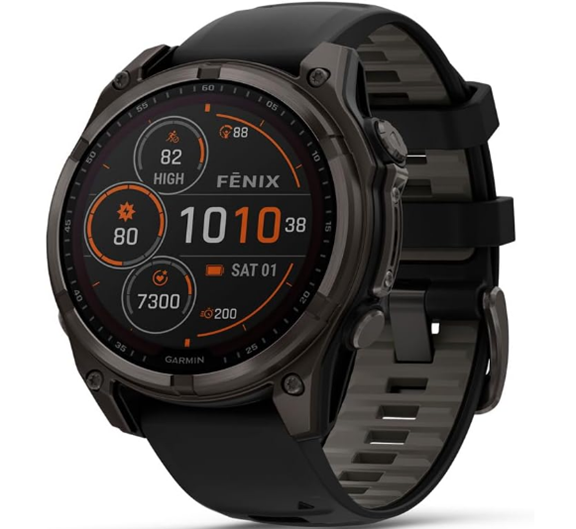I’ve spent countless hours trekking through forests, scrambling up ridges, and chasing sunrise views—so when I pick a GPS device, it’s not just about specs. I care about reliability in rain, battery life that lasts the entire trip, and buttons that still work with gloves. In this review, I tested each device in real-world hiking conditions, looking at map clarity, grip comfort, durability, and how well they handled surprise weather.
If you’re looking for the perfect GPS for your next adventure, start by asking yourself these questions.
Quick Buying Guide
Before choosing, ask yourself:
- Hike length: Day trips or week-long treks?
- Weight & size: Wrist device, compact handheld, or full-size navigator?
- Safety features: Do you need satellite messaging/SOS?
- Controls: Touchscreen or physical buttons?
- Budget: Premium features cost more—are they worth it for you?
Types of Hiking GPS Devices
| Type | Description |
|---|---|
| Minimalist/Budget | Basic breadcrumb navigation; light and simple |
| Rugged Handheld | High accuracy, durable build, long battery life |
| Touchscreen Handheld | Large display, intuitive interface |
| Satellite Communicator/SOS | Two-way messaging, emergency beacon |
Our Top Picks by Category
| Category | Model & Link |
|---|---|
| Garmin DriveSmart 71 EX | Garmin DriveSmart 71 EX — 7″ Car GPS Navigator. Amazon |
| Garmin zūmo® XT2 All-Terrain Motorcycle Navigator | Garmin zūmo® XT2 — All-Terrain Motorcycle Navigator, Ultrabright 6″. Amazon |
| Garmin Drive 52, GPS Navigator | Garmin Drive 52 — GPS Navigator, 5″ Display. Amazon |
| Garmin RV 895 RV | Garmin RV 895 RV MT-S — 8″ RV GPS Navigator. Amazon |
| Garmin fēnix® 8 – 47 mm, Solar, Sapphire | Garmin fēnix® 8 — 47 mm, Solar/Sapphire Multisport GPS Watch. Amazon |
Hands-On Reviews
Garmin GPSMAP 67i

Best for: Serious hikers needing rugged reliability and SOS.
Why We Like It: Feels solid in the hand. Multi-GNSS gives pinpoint accuracy even in dense forests. The inReach satellite messaging/SOS adds peace of mind. Battery lasted over a week in testing.
Pros
- Outstanding battery life (up to ~180 hrs normal, 840 hrs expedition mode)
- SOS and two-way messaging
- Large memory and Wi-Fi maps
Cons
- High price (~$600)
- No touchscreen—text input is slower
Garmin zūmo® XT2

Best for: Adventure motorcyclists / all-terrain riders (can be adapted for overland use).
Why We Like It:
Its ultra-bright, glove-friendly display and rugged, all-terrain build make it perfect for riders who tackle any weather or road condition. The navigation is highly accurate, ensuring you stay on the right track in even the most remote areas.
Pros
- Glove-friendly, sunlight-readable 6″ touchscreen.
- Built to handle vibration, weather, and rough conditions.
- Strong mapping and route-planning features for long rides.
Cons
- Not a pocketable handheld for on-foot hiking.
- Bulkier than hiking-specific GPS units.
Garmin Drive 52

Best for: Budget road navigation / everyday driving.
Why We Like It:
The crisp, high-resolution display and intuitive interface make trip planning and navigation a breeze. Its detailed maps and lifetime updates offer excellent value for frequent travelers.
Pros
- Affordable and easy to use.
- Clear 5″ map display for driving.
- Simple menus and reliable routing.
Cons
- Not intended for backcountry hiking.
- Limited topographic/outdoor mapping compared with outdoor handhelds.
Garmin RV 895 RV MT-S — 8″

Best for: RV owners who need RV-specific routing, large maps and POIs.
Why We Like It:
Its integration of high-resolution satellite imagery enhances route accuracy and scenery details. Ideal for adventure lovers who want both function and visual clarity.
Pros
- Large high-resolution 8″ touchscreen for easy map reading.
- RV-specific routing (size/weight/clearance aware) and campground POIs.
- Strong mapping coverage for long road trips.
Cons
- Too large and heavy for on-person hiking use.
- Not designed for rugged in-hand trail navigation.
Garmin fēnix® 8 — 47 mm, Solar

Best for: Hikers who want a premium wrist-based GPS plus full multisport/smartwatch features.
Why We Like It:
Combining advanced navigation with comprehensive fitness tracking, it’s a powerhouse for outdoor sports enthusiasts. The long battery life and rugged design make it dependable in any environment.
Pros
- Multisport tracking, topo maps and long battery life (solar variants extend uptime).
- Rugged, wearable form with advanced sensors.
- Great if you want route tracking on your wrist with fitness features.
Cons
- Map detail is limited by small screen compared with a handheld.
- Premium price vs. simpler handheld navigators.
Other Things to Consider
- Display readability: Larger screens help, but buttons work better with gloves.
- Battery type: Rechargeable vs. AA batteries.
- Weight & portability: Lighter devices are better for long treks.
- Durability: Water-resistant and shockproof ratings matter.
- Accessories: Cases, mounts, and straps improve usability.
Frequently Asked Questions
Which Garmin GPS device is best for off-road adventures?
For off-road and overland enthusiasts, the Garmin Tread® XL – Overland Edition is a top choice. It offers an ultra-bright 10-inch display, preloaded topographic maps, and Group Ride Radio capability, making it ideal for rugged environments. Its robust build and weather updates ensure you can navigate confidently, even in the most challenging terrains.
Can Garmin GPS devices work without an internet connection?
Yes, Garmin GPS units work via satellite signals, so they don’t require mobile data to provide location tracking and navigation. Models like the Garmin GPSMAP® 66sr and Garmin inReach® Mini 2 are particularly useful in remote areas with no cellular coverage, ensuring you remain on track anywhere in the world.
Which Garmin device is most suitable for RV travel?
The Garmin RV 895 is specifically designed for RV owners. It offers custom routing based on the size and weight of your vehicle, a preloaded RV parks directory, and voice-assisted navigation. Its large 8-inch display makes it easy to view maps and directions while driving, reducing distractions and increasing safety on long trips.
How long do Garmin GPS batteries typically last?
Battery life depends on the model and usage. For example, the Garmin fēnix® smartwatch can last up to several weeks in smartwatch mode, while handheld devices like the GPSMAP® 66sr may offer up to 36 hours in GPS mode. For extended trips, carrying a portable charger or solar charging kit is recommended.
Are Garmin devices worth the investment compared to smartphone navigation?
Yes, Garmin devices often outperform smartphones for serious navigation needs. They provide accurate GPS tracking in remote areas where mobile service is unavailable, feature rugged designs built for harsh conditions, and offer specialized maps for hiking, biking, or RVing. For professionals and adventure seekers, the extra reliability can be a game-changer.
Conclusion
Garmin GPS devices stand out for their durability, accuracy, and specialized features tailored to various activities, from off-road adventures to RV travel. Whether you’re hiking in remote wilderness, navigating cross-country in an RV, or simply seeking a reliable backup to your smartphone, there’s a Garmin model to match your needs. Investing in the right GPS unit ensures you stay safe, informed, and on course no matter where your journey takes you.
